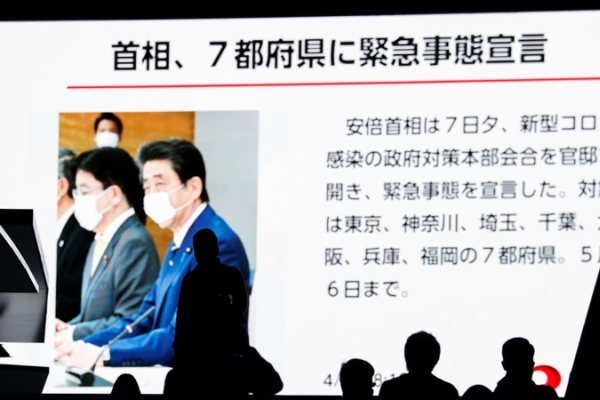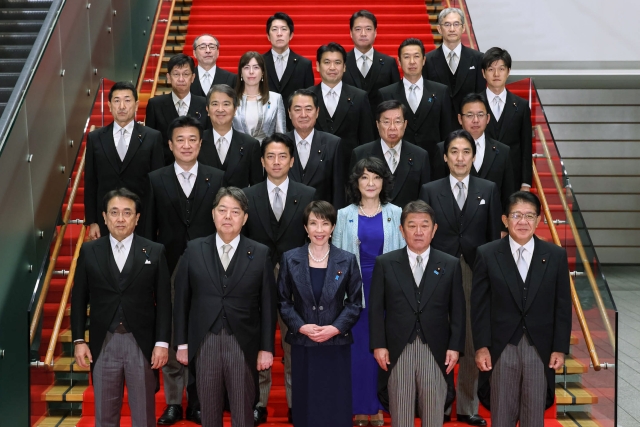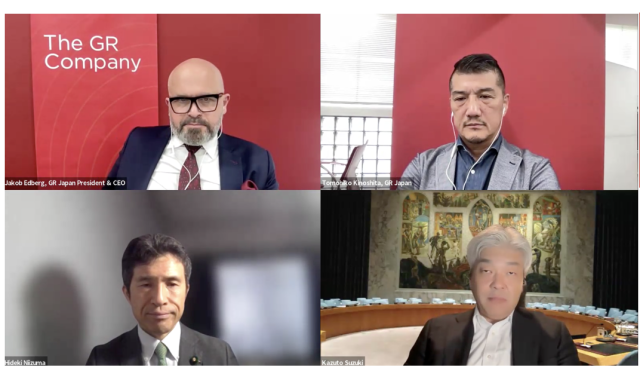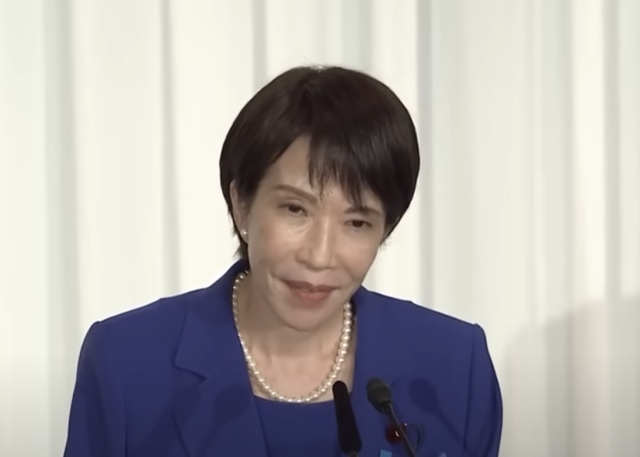Prodded by calls for more decisive action by the government, Japanese Prime Minister Shinzo Abe on Tuesday declared a state of emergency in response to the latest spike in COVID-19 cases. While the declaration does not entail a complete “lockdown” of cities, the government hopes the move will help slow the spread of the pandemic, which has already killed more than 98,000 people worldwide. But experts question whether this will be sufficient given the lack of enforcement measures and questions about compliance. GR Japan has compiled this special report.
Executive summary
On Tuesday 7 April, Prime Minister Abe declared a one-month state of emergency, covering seven prefectures: Tokyo, Osaka, Saitama, Kanagawa, Chiba, Hyogo, and Fukuoka;
• This is not the same as a “lockdown”, since neither the Japanese government nor local governments have the powers to ensure compliance;
• Prime Minister Abe hopes infections will peak in around two weeks’ time if social interactions decrease by around 80%;
• Requests for closure of non-essential businesses cannot be enforced, but prefectural governors can “name and shame” businesses refusing to comply.
• The government is keen to limit economic damage. Accordingly, the definition of “essential” activities and businesses is wide, including commuting to work and allowing restaurants to stay open.
• Experts question whether the state of emergency and associated measures will be sufficient to slow the spread of COVID-19 in Japan, due to lack of enforcement measures and questions about compliance.
(ask your GR Japan consultant for more details)
| Attachment | Size |
|---|---|
| gr_japan_state_of_emergency_report_9_april_2020_0.pdf | 143.67 KB |




